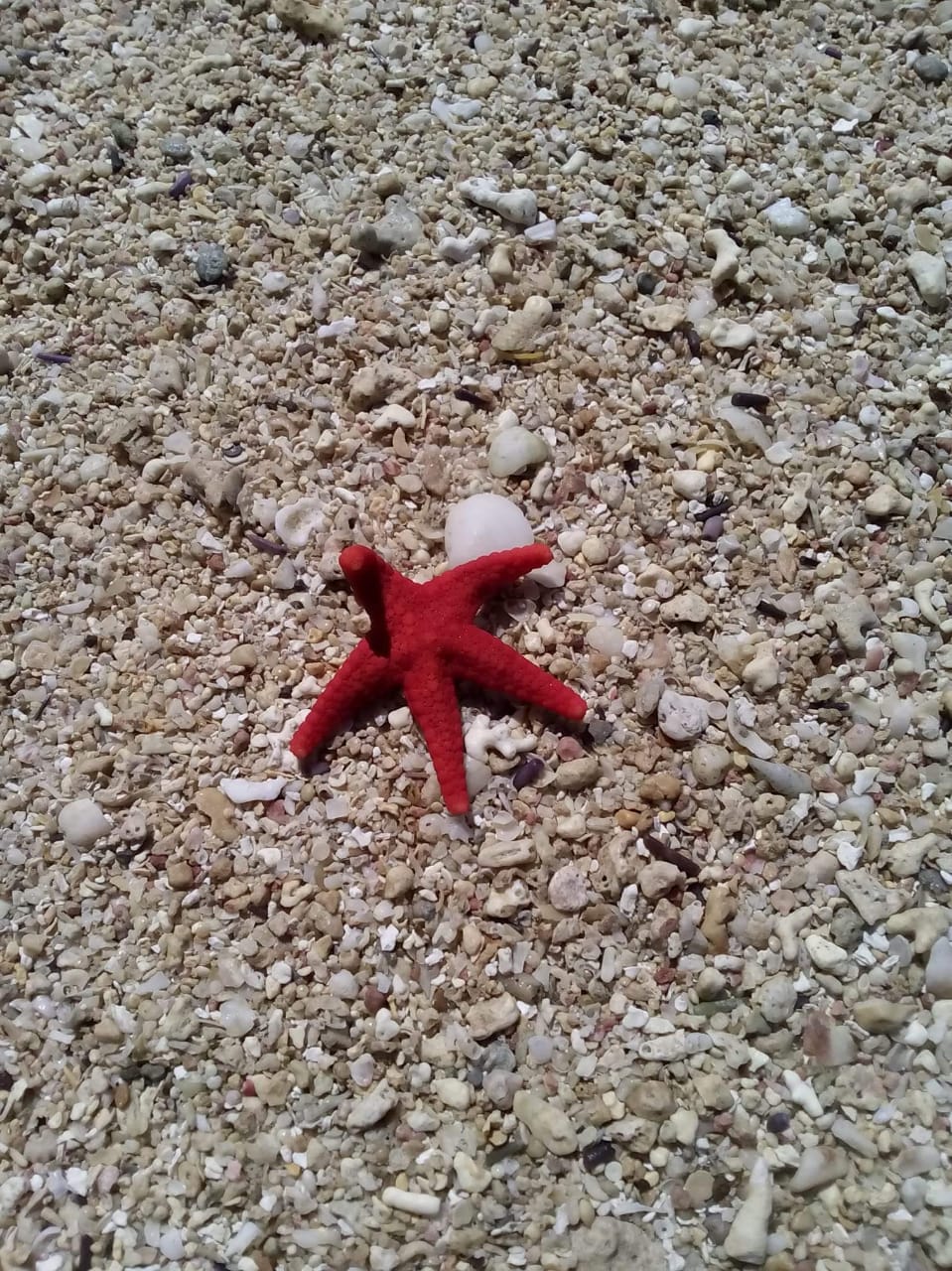What lies on the seafloor around Mauritius?

Mauritius is located in the South West Indian Ocean Basin. The Indian Ocean itself started to expand during the splitting of Gondwana some 140 million years ago but was fully formed and filled to what it is now some 36 million years ago. It is the third largest oceanic basin in the world holding one-fifth of all the sea waters [1]. The Indian Ocean stretches some 10,000 km from Africa to Australia and covers an area of 73,440,000 km2. The average depth is 3960 m and the deepest part is the Java trench near Java in Indonesia which is 7450 m deep [2].
What actually is there on the ocean floor?
Just like the land consists of mountains, valleys, canals and many other different physical features, the ocean floor reflects the same scenario. The different oceanic features can be divided into [3]
1. Fracture zone – an oceanic feature that runs parallel to mid-ocean ridges as a result of the activities of the ridge.
2. Ridge – a system of underwater mountains that amble throughout all the oceans of the world, where magma continuously rises up the surface to form a new oceanic crust.
3. Seamount – a submarine mountain that has been typically formed by volcanoes.
4. Trench – long, narrow and deep dent in the ocean floor where one oceanic plate is being pushed under another plate.
5. Continental margin – the deepest bathymetric measurement around a continent.
6. Plateau – a submarine elevation that can be of oceanic or continental origin.
Physical characteristics of the seafloor around Mauritius
1. Ridges and fracture zones
The deepest that the sea can go around Mauritius is -4280 m [4]. Up in the north of the Indian Ocean lies the Carlsberg Ridge in the Arabian sea while the South West Indian Ocean Ridge and the South East Indian Ocean Ridge diverge to the Eastern and South Eastern sides of Mauritius respectively. The Rodrigues Fracture zone is located in the North East part of the island while the Mauritius trench is found in the South West region.
2. Seamounts and guyots
A number of seamounts arise from the ocean floor around the island. These are thought to have been islands that eventually got submerged some 2 million years ago when sea level was 100 m lower than it is right now [5]. 175 km off the north west of Mauritius is a small guyot (flat-topped mountain) that elevates 15 m of the water surface. Another one is found 147 km east of Rodrigues at a depth of 46 m. These too, are assumed to be islands that got immersed.
3. Plateau
One of the most well-known features of the Western Indian Ocean is the Mascarene Plateau. It is estimated to have been formed ⁓40 million years ago. The submarine plain extends for some 2000 km as an arc with its northern tip starting from Seychelles, stretching to the east towards the Saya de Malha bank and to the south towards Saint Brandon. It also includes the isolated Mascarene islands (Reunion, Mauritius, Rodrigues) [6]. It is composed of gaps and pits along its length. The shallowest pockets are 75 m deep in the north and east while the deepest cracks are in the centre going up to 400 m.
Organisms living on the seafloor
The seafloor is a remote and quite arduous environment. For this reason, a number of interesting organisms live there. Over time, they have evolved different adaptations to bear the harsh conditions of ice-cold temperatures, pulverizing pressure, lack of light and limited sources of food. Many of these survivors are the common organisms that are seen in shallow waters such as crabs and starfishes but in the deep sea, they exist as giants. Other sea creatures like fish have derived bizarre appearances like rock silhouettes to hide from predators and attack their preys furtively.
Trenches, ridges and oceanic vents are places where fantastic organisms can be found. The harsh conditions allow only certain microorganisms and marine creatures that can withstand the almost impossible conditions to thrive. The deep seafloor creatures are yet to be discovered since diving to the seabed is difficult. Organisms that may be living on the seabed can only be assumed based on the habitat that species of specific types normally occupy. In 2016, 6 new marine creatures were discovered by divers examining vents in the region. This includes the hairy chested crab, a scale worm, a deep-sea worm, two species of snail and a limpet [7].
References:
- Verlaan, P.A., Kanayev, V.K, and Morgan J.R. (2018). Indian Ocean. [online] Encyclopaedia Britannica. Available at https://www.britannica.com/place/Indian-Ocean [Accessed 16/04/2018]
- Earth Eclipse, (2018). Indian Ocean. [online] Available at https://www.eartheclipse.com/geography/indian-ocean.html [Accessed 16/04/2018]
- Gahagan, L.M. et al., (1988). Tectonic fabric map of the ocean basins from satellite altimetry data. Amsterdam, Netherlands: Elsevier Science Publishers B.V. Tectonophysics 155, pp 1-26
- Saddul, P. (2002). Mauritius, A Geomorphological Analysis. Moka, Mauritius: MGI, pp 11
- Cheke, A. and Hume, J. (2010). Lost Land of the Dodo. An ecological history of Mauritius, Reunion and Rodrigues. London, United Kingdom: Poyser, T. and A.D., pp 20
- Assessing potential World Heritage marine sites in the Western Indian Ocean. [online] Available at http://www.vliz.be/projects/marineworldheritage/sites/2_Masc%20Plateau_S%20Malha.php?item=The%20Indian%20Ocean [Accessed 19.04.2018]
- Lewis, D. (2016). Six new deep sea creatures just discovered at site slated for underwater mining. [online]. com. Available at https://www.smithsonianmag.com/smart-news/six-new-species-sea-creatures-discovered-region-slated-underwater-mining-180961480/ [Accessed 19.04.2018]

Pingback: Underwater waterfall of Mauritius Explained - Yo Nature
Pingback: Offshore islets of Mauritius: National Parks and Nature Reserves - Yo Nature
Pingback: Why islands must protect their mangrove forests - Yo Nature
Pingback: Formation of a volcanic island: Mauritius - Yo Nature